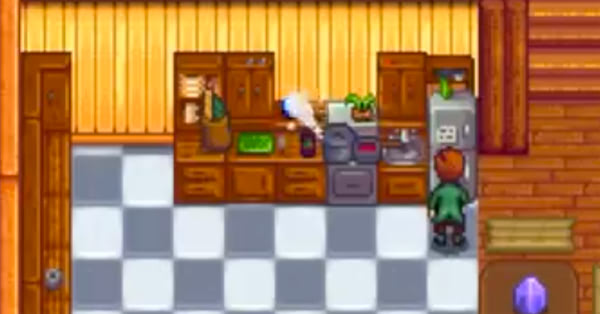The Economics of Cooking in Stardew Valley: Is It Worth Your Time and Resources?
Stardew Valley offers a plethora of activities to engage in, from mining to fishing to farming. But what about cooking? Is spending time in the kitchen whipping up Stardew Valley’s diverse array of recipes a wise investment, or is it simply a drain on your resources?
To answer this question, we undertook an in-depth analysis, examining 80 different recipes. We compared the cost of the ingredients to the sell prices of the finished dishes. In this article, we’ll guide you through the financial aspects of cooking in Stardew Valley.

The Costing Methodology
Our analysis began with a meticulous evaluation of 80 recipes. We itemized each recipe’s ingredients based on their Item ID to streamline the costing process. Then, we calculated two key metrics for each dish:
- Cost of Ingredients
- Selling Price of the Dish
The difference between these two numbers is what we’ll call “profit margin.” If the profit margin is negative, you’re losing money by cooking that particular dish. If it’s positive, you’re making money.
Issues and Variables
In calculating the costs and selling prices, we had to address a few complicating factors:
- Quality of Ingredients: High-quality ingredients have higher selling prices. However, when used in cooking, they produce dishes of standard quality.
- Skill Boosts: Some ingredients have their selling prices affected by the player’s skills. For simplicity, we decided to consider prices without skill enhancements.
- Fish and Other Varied-Price Ingredients: For recipes requiring fish, the cost could vary greatly depending on the type of fish used. Likewise for milk and eggs. For the purpose of this analysis, we standardized these costs (Fish at 75g, Eggs at 50g, Milk at 125g).
- Purchased vs. Self-Made Ingredients: For example, the cost of vinegar, oil, and sugar may differ if you buy them instead of making them yourself.
The Profitable and Unprofitable Recipes
Surprisingly Profitable
- Blackberry Cobbler: With a profit margin of 120g per dish, this is the most profitable recipe. However, if you purchase sugar and wheat flour, the profit drops to a mere 20g.
- Broth: Requiring only two White Algae, which are plentiful in the Sewers, this dish has a stable profit of 100g.
- Italian Vegetable Stew: Requires oil, fiddlehead fern, and garlic. Profit drops to 50g if you consider the cost of purchased oil.
- Fruit Salad: Made with blueberries, melon, and apricot. Costs rise if you’re a “Tiller,” making the dish barely profitable.
Hardly Worth Your While
- Coleslaw: This recipe has a staggering loss rate of 37%, costing the player 205g.
- Pumpkin Pies and Soups: Anything with pumpkin results in high losses, even when calculating based on the basic selling price of pumpkins.
- Borage Soup: This dish sells for only 120g but costs 140g to make, incurring a loss of 53%.
Case Studies
Case Study 1: The Allure of Blackberry Cobbler
Blackberry Cobbler appears lucrative, but once we factor in the cost of purchased sugar and wheat flour, the profit dwindles. Additionally, if you have skills like “Bear’s Knowledge” or “Botanist,” this dish turns out to be unprofitable.
Case Study 2: The Downfall of Pumpkin-Based Recipes
Recipes that use pumpkins as ingredients are remarkably unprofitable, even when calculated based on the basic selling price of pumpkins. The losses are even more significant if you turn pumpkins into juice first.
Conclusion
After comprehensive analysis, it becomes clear that cooking in Stardew Valley is generally not the best way to make money. Only 26 out of the 80 recipes analyzed showed a profit, and that number shrinks when you consider the quality of ingredients and various skills. On average, the profit margins are meager, barely hitting the 50g mark.
It might be better to direct your energies toward other, more profitable ventures like farming or fishing. However, the joy of cooking in Stardew Valley may offer rewards beyond the tangible, serving as a delightful break from your daily chores on the farm.
If you’re playing Stardew Valley as a completionist or for the sheer pleasure of cooking, then go ahead and whip up those recipes. But if you’re looking to maximize profits, you might want to reconsider your culinary pursuits.